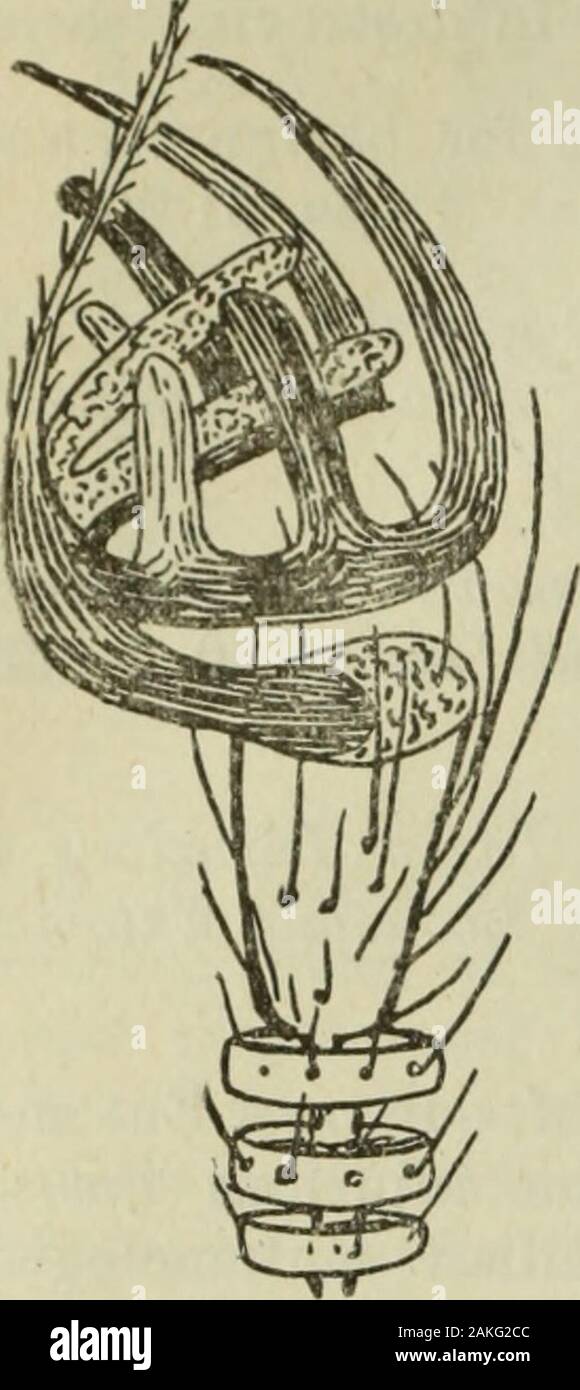Annual report of the Fruit Growers' Association of Ontario, 1898 . able contrivance to enable the parasiteto travel through the maze of feathers while the troubled host travelled through themazes of the northern forest. Through the kindness of my friend, Mr. Dearness, I amenabled to present herewith a drawing made by him under themicroscope, which shows the structure of the flys foot. (Fig. 33.) The most interesting feature of the particular specimendescribed above lay in the fact that when found its condition gaveme hopes that I might receive some light on its method of repro-duction. Its abd

Image details
Contributor:
The Reading Room / Alamy Stock PhotoImage ID:
2AKG2CCFile size:
7.1 MB (227.4 KB Compressed download)Releases:
Model - no | Property - noDo I need a release?Dimensions:
1056 x 2366 px | 17.9 x 40.1 cm | 7 x 15.8 inches | 150dpiMore information:
This image is a public domain image, which means either that copyright has expired in the image or the copyright holder has waived their copyright. Alamy charges you a fee for access to the high resolution copy of the image.
This image could have imperfections as it’s either historical or reportage.
Annual report of the Fruit Growers' Association of Ontario, 1898 . able contrivance to enable the parasiteto travel through the maze of feathers while the troubled host travelled through themazes of the northern forest. Through the kindness of my friend, Mr. Dearness, I amenabled to present herewith a drawing made by him under themicroscope, which shows the structure of the flys foot. (Fig. 33.) The most interesting feature of the particular specimendescribed above lay in the fact that when found its condition gaveme hopes that I might receive some light on its method of repro-duction. Its abdomen was much larger in proportion than thatof its congener found on the hawk. Having placed the fly, living and uninjured, in a small phial, I watched and awaited developments. Within twenty hours Ifound the fly dead at the bottom, and a single large pupa (Fig 34)sticking to the side of the bottle. As it appearsincredible that the young could have subsisted byitself in such a place, it seems reasonable to concludethat the egg and larval stages were passed within. Fig. 33. Foot of Parasite of White-throated Sparrow. tie body of the parent, thus accounting for twoimportant phases in the course of its life. The pupameasured 2 J x 2 millimeters, blackish brown, smoothand shining, flattish, oval, suggesting in form andoutward structure some minute trilobite.